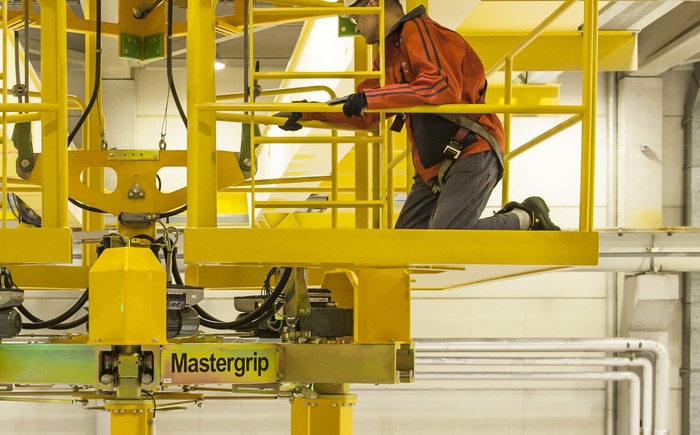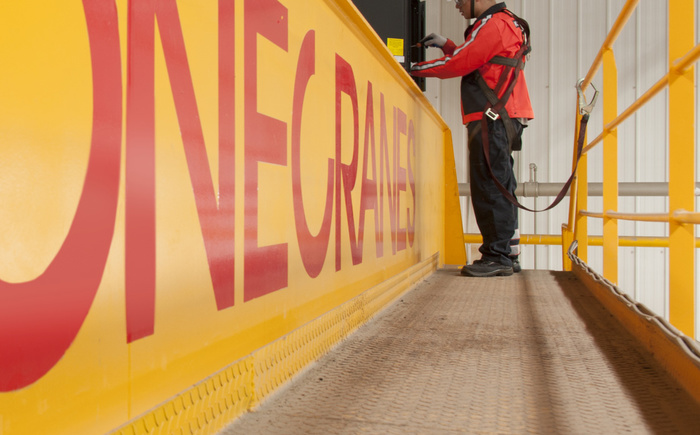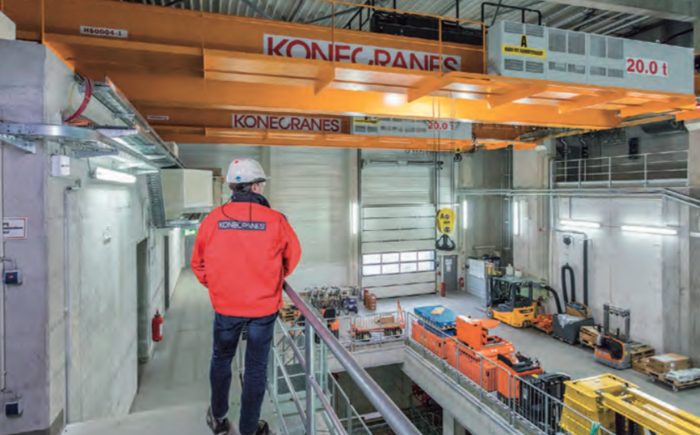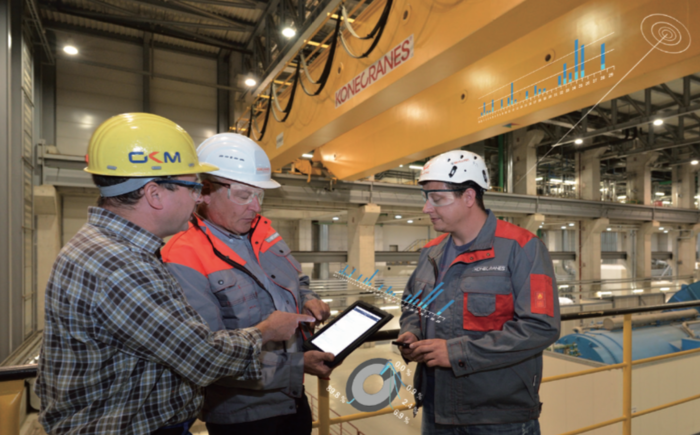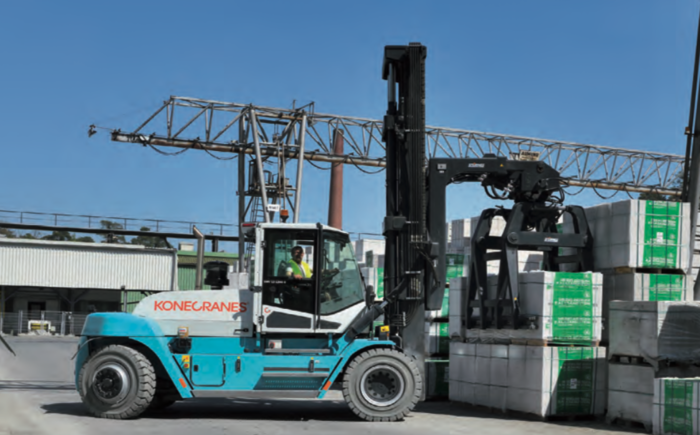Marty Walters - Safety Manager
Advances in crane safety technology can greatly reduce the risk of accidents that result in injury and property damage in factories, warehouses, cargo yards, ports, shipyards, construction sites and wherever else lifting equipment is used.
These advances include crane safety technology that improves load control and reduces load sway. While promoting safety, these new developments also increase the efficiency and productivity of a company’s operations. For instance, by keeping loads under control, sway control technology allows crane operators to focus more of their attention on placing loads as quickly and accurately as possible.
This technology further improves safety as it allows crane operators to focus more attention on all activity around them, helping them avoid collisions and other accidents.
Crane safety technology enables smoother hoist movement, including smooth starts and stops. This reduces stress on the crane structure and further controls load sway.
Monitoring systems are another key type of crane safety technology that reduces the risk of equipment failure, damage and injury. Some monitoring systems prevent load capacities from being exceeded. Others provide thermal protection to prevent overheating of hoisting motors. Others assure soft starts and stops of hoists.
Other types of crane safety technology include remote monitoring which uses sensors to collect data, such as running time, motor starts, work cycles and emergency stops, providing visibility to crane usage. Remote monitoring data can be used to help make maintenance decisions including parts replacement, maintenance intervals and training for operators.
Crane safety technology also helps technicians quickly identify and correct the source of equipment problems so the equipment can be returned to service sooner – and reduce the expense of disruptions in production.
While today’s crane safety technology reduces the risk of accidents, safety training is still essential. Crane manufacturers that provide their customers a complete range of service can train a company’s personnel in the safe operation of equipment.
